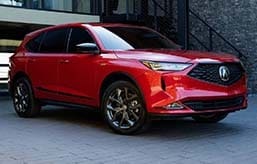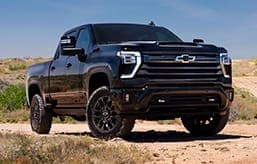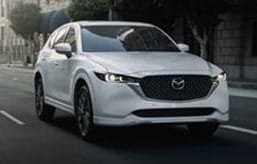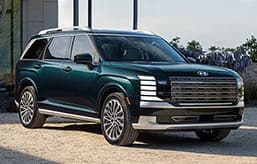- Cadillac has issued a number of contradictory statements regarding its plans for full or partial electrification of its lineup.
- Meanwhile, Stellantis says it will potentially offer internal combustion engine variants of electric cars due to consumer demand.
- Both moves indicate a more consumer-led approach to demand for electric vehicles.
Cadillac and Stellantis Backtrack on 2030 EV Goals
Cadillac and Stellantis are both reconsidering previous EV strategies, indicating a decline in electrification among U.S.-based automakers
A report by the Detroit Free Press shows indecision within Cadillac regarding its push toward a previously announced full switchover to EVs in 2030. Stellantis also seems to be slowing its EV approach, albeit in a slightly more direct manner. Per Wards Auto, CFO Natalie Knight said Wednesday during a call on Q1 financials that the automaker might be willing to offer internal combustion engine (ICE) versions of some of its EVs.
At a media event earlier this week attended by the Detroit Free Press, Global Cadillac Vice President John Roth said that gas-powered and electric Cadillacs like the Lyriq and Escalade IQ SUVs will “coexist for a number of years.” Roth cited presenting shoppers with “choice in the marketplace” and said that the brand wants to “meet customer need as we look forward” as reasons for the brand’s mixed EV/ICE strategy. This echos recent statements by General Motors CEO Mary Barra, who said in a February earnings call that new plug-in hybrid powertrains will fill the gap between electric and ICE vehicles.
But it isn’t clear what will happen with the Cadillac lineup, as numerous statements from Cadillac executives over the years show a mismatch when it comes to strategy.
Back in 2019, ex-Cadillac president Steve Carlisle told the media: "None of us knows how long this transition will take. We will be there with internal combustion engines, as well as electric. But the majority, if not all, Cadillacs will be electric by 2030." Yet Carlisle also called 2030 “the end of the ICE age for Cadillac.”
But in 2021, then-global VP Rory Harvey said, "We will be leaving this decade as an EV brand, as things stand today, which means that we will not be selling ICE vehicles by 2030." The Detroit Free Press this week asked for a modern clarification on Harvey’s statements from Roth, who responded with more mixed messages, this time within the same sentence: "We are always listening to the customer. We are still on strategy of offering an all-EV portfolio by the end of the decade and we're going to listen to the customer and let them be our guide. That's our answer."
According to Wards, Stellantis CFO Knight told journalists and analysts Wednesday: “So, the majority of our products are either ICE vehicles or intended to utilize those multi-energy platforms that we have. This is a great opportunity for us, compared to our peers, having the multi-energy platforms for all of our products in development and having the agility to move between them.” Knight continues: “Our goal is to put ourselves in the position where, on the one hand, we can show the market that we know where things are moving and we’re committed very much to the EV market but, on the other hand, we have the flexibility to go and grow where the consumer demand is.”
They aren’t the first automakers to waver on announced deadlines to transition to fully electric lineups. Mercedes-Benz recently walked back its self-imposed 2030 electrification deadline, brought on by slowing consumer demand for EVs.
Cadillac further clarified its statements to the Detroit Free Press, too, with Cadillac spokesperson Mike Albano calling the previously announced 2030 switchover date to a fully electric lineup "a mission statement if you will. The fact that we refreshed our ICE portfolio should tell you that we knew the transition is going to be slow, the transition will be led by the customer."
Edmunds says
This strategy of electrification contraction is percolating throughout the industry as demand for electrification slows. Automakers say they’ll let customers decide, but what this means, in reality, is that they are no longer as all-in on EVs as they once claimed to be now that the money has shown them the way forward is a more diverse mixed portfolio of cars.







 by
by  edited by
edited by